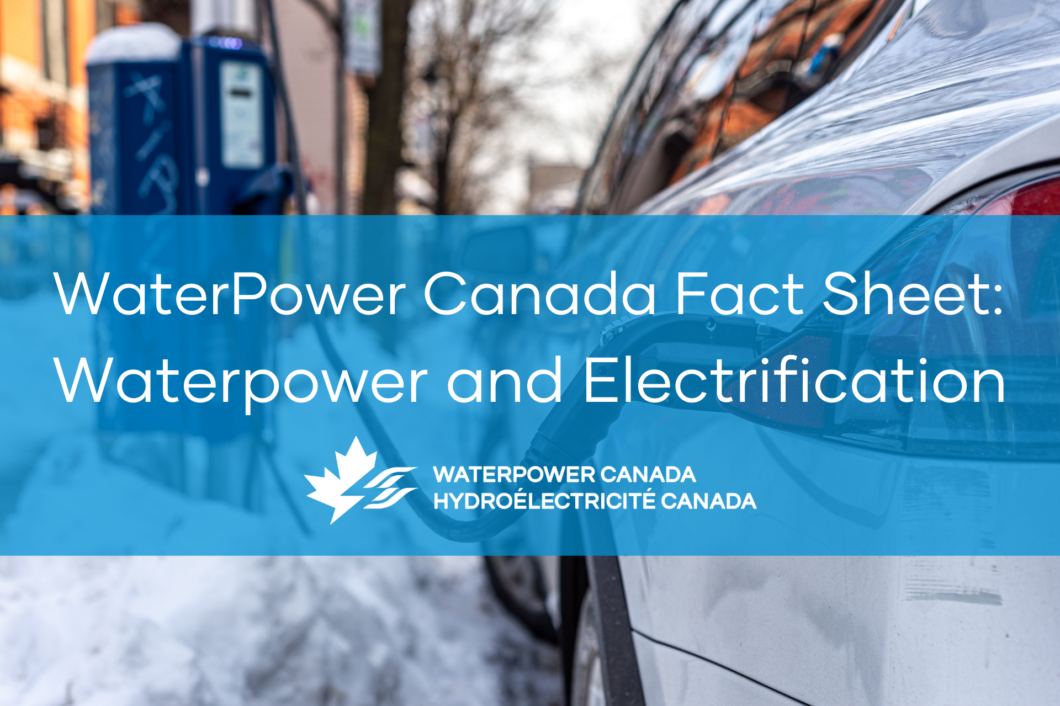When dealing with as complex and urgent a challenge as climate change, there will always be debate about the precise mix of policies and actions needed in response. But there is consensus on a few fundamentals – one being that “electrification” (switching end-uses from fossil fuels to electricity) is central to any credible climate change strategy.
For Canada, the benefits of electrification are even more immediate and compelling than for many other countries since – largely thanks to vast waterpower resources – more than 80 per cent of our electricity already comes from non-emitting sources, and it is getting cleaner. This means that the maximum amount of emissions is reduced for every unit of electrification.
The momentum is also there – as evidenced by developments ranging from rapidly growing electric vehicle adoption, to cutting-edge efforts to electrify high-intensity industrial processes such as steel manufacturing.
But in Canada today, we meet only 20 per cent of final energy demand with electricity. With climate targets now enshrined in our federal legal framework, meeting our 2050 net-zero goal will only be possible if we produce two to three times as much clean power as we do currently.
Clearly, we need large-scale investment in green infrastructure projects, and we need to be very strategic in how it’s allocated.
Waterpower already makes up close to 90% of Canada’s total renewable electricity generation and is therefore key to Canada’s already enviably clean electricity grid. It will be an essential enabler of national electrification and of efforts to achieve net-zero emissions by 2050.
To learn more, take a look at our fact sheet on waterpower and electrification here. Feel free to download it and share it broadly!

